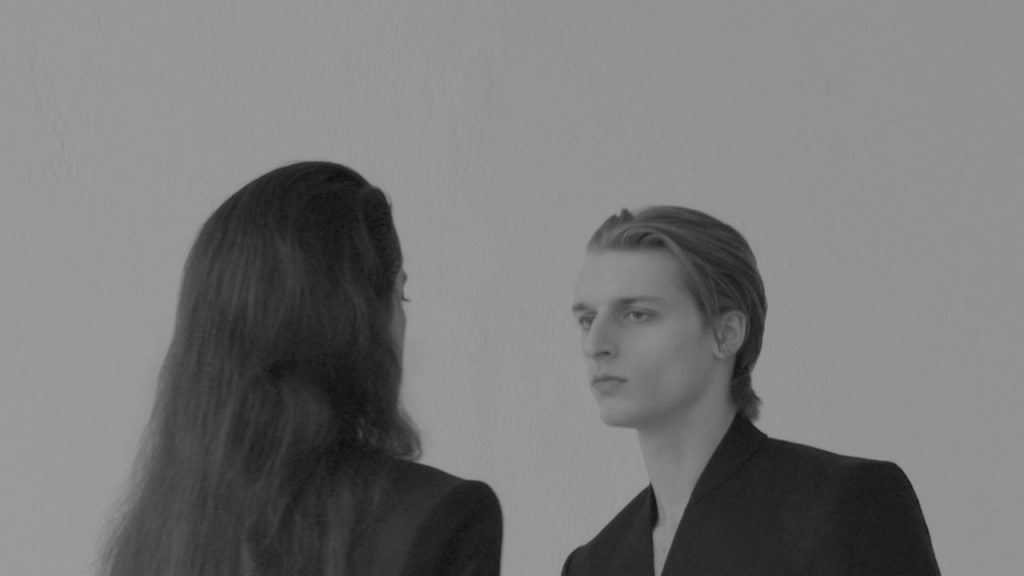Satoshi Kuwata, the founder of Setchu, a fashion brand that blends traditional Japanese craftsmanship with Western tailoring, recently unveiled a special project in Venice during La Biennale. Kuwata, who previously worked at the prestigious Savile Row tailor Huntsman & Sons, collaborated with Davies & Son, the oldest independent tailor on Savile Row, to create a series of bespoke suits. To complement the tailored suits, Kuwata also designed a multi-sensory installation featuring a variety of objects made in Japan, infusing modernity into traditional crafts. Guests at the Palazzo Venier were greeted by unique pieces such as an oversized foldable paper lamp painted with sumi ink, handmade tatami mats veiled in Setchu fabric, and ceramic stools that doubled as ikebana trays.
One of the highlights of Kuwata’s exhibition was his reinterpretation of Italian espresso cups. He worked with a Japanese potter to mimic the shape of udon noodles bowls, replacing the standard holed handle with a solid two-euro coin-shaped handle. The coaster was inspired by traditional Japanese dishes used to ward off bad luck with salt. Kuwata’s attention to detail and unique design choices added an element of surprise and innovation to the exhibition. He explained that Setchu aims to blend elements of both Japanese and Italian cultures and convey a message of appreciation through his designs.
The collaboration between Kuwata and Davies & Son challenged the traditional rules of Savile Row tailoring. Despite the strictness of British tailoring, which is known for its military origins and disciplined construction, Kuwata was able to push the boundaries and introduce a more flexible and origami-like approach to the garments. The designer worked closely with the tailors to create three bespoke non-gender-specific outfits, including a black suit, a black coat dress, and a white coat with an extra-long train. The fusion of Japanese and Western design influences resulted in a unique collection that combined the precision of Savile Row tailoring with the folding techniques of Japanese kimonos.
Kuwata’s attention to detail and dedication to his craft were evident throughout the exhibition. Despite the cultural clash between Japanese and British tailoring traditions, the designer’s determination and charm ultimately won over the Savile Row tailors. The outcome of the collaboration was three exquisite outfits that blended the best of both worlds. Kuwata’s ability to infuse his designs with symbolism and meaning, such as the message of appreciation conveyed through the reinterpretation of espresso cups, added depth to the collection. Overall, the exhibition was a testament to Kuwata’s talent and his ability to bring together diverse influences in a harmonious way.
The Setchu x Davies & Son collaboration showcased a harmonious blend of Japanese and Western design influences, challenging traditional tailoring norms and infusing modernity into traditional crafts. Kuwata’s multi-sensory installation at Palazzo Venier captivated guests with its unique objects and exquisite craftsmanship. By reinterpreting Italian espresso cups and creating bespoke tailored suits that combined the precision of Savile Row with the folding techniques of Japanese kimonos, Kuwata demonstrated his ability to bridge cultural divides and create something truly innovative. The success of the collaboration was a testament to Kuwata’s talent and vision, as well as his ability to push the boundaries of traditional craftsmanship.













